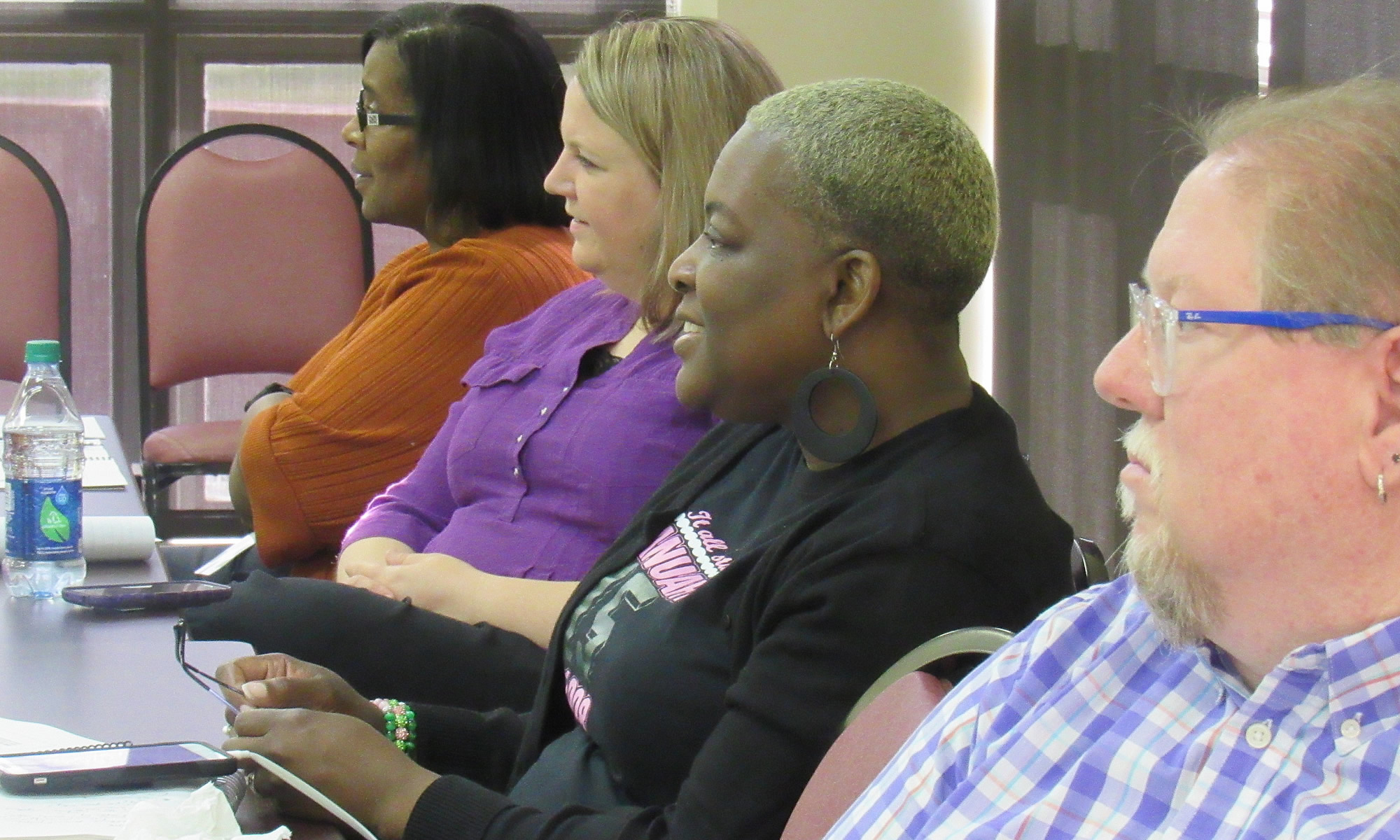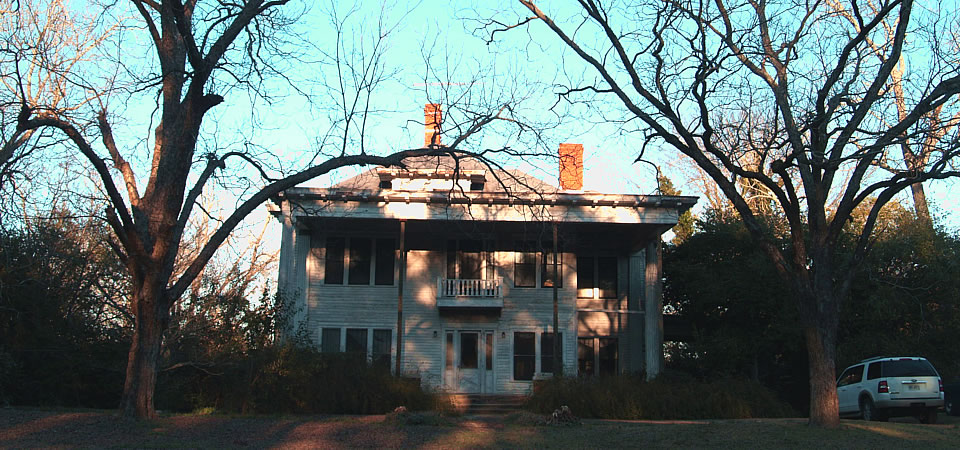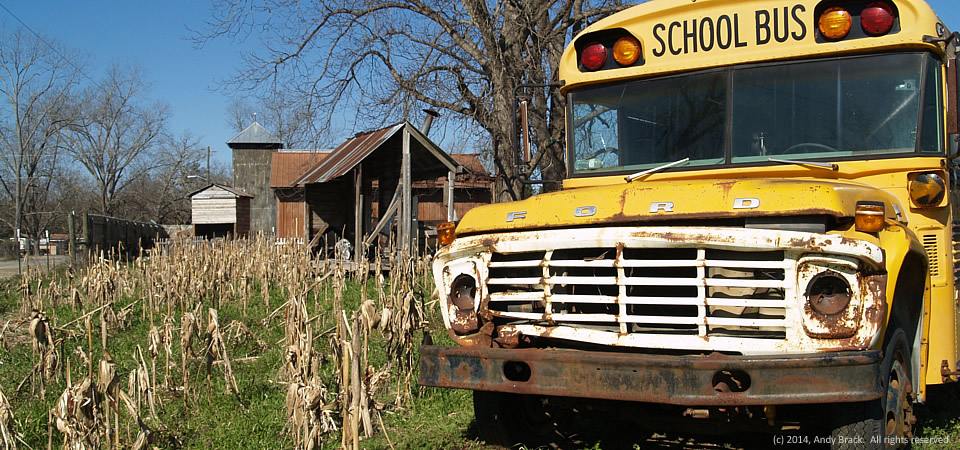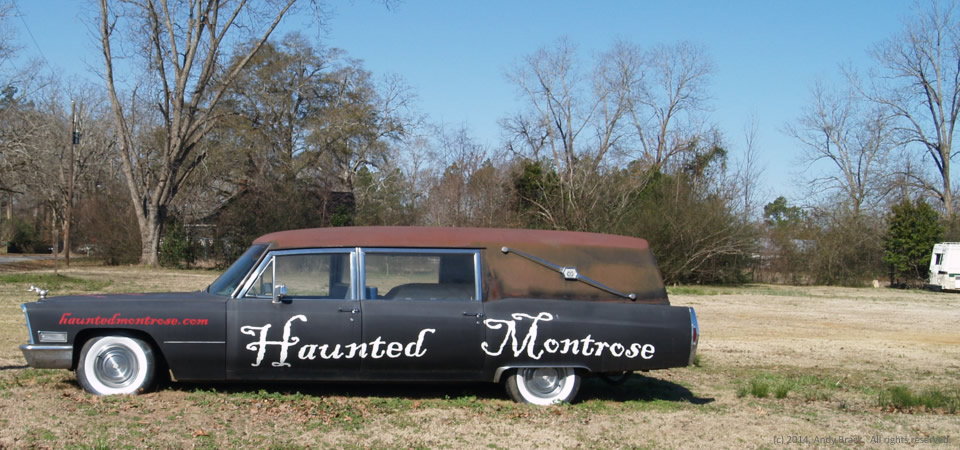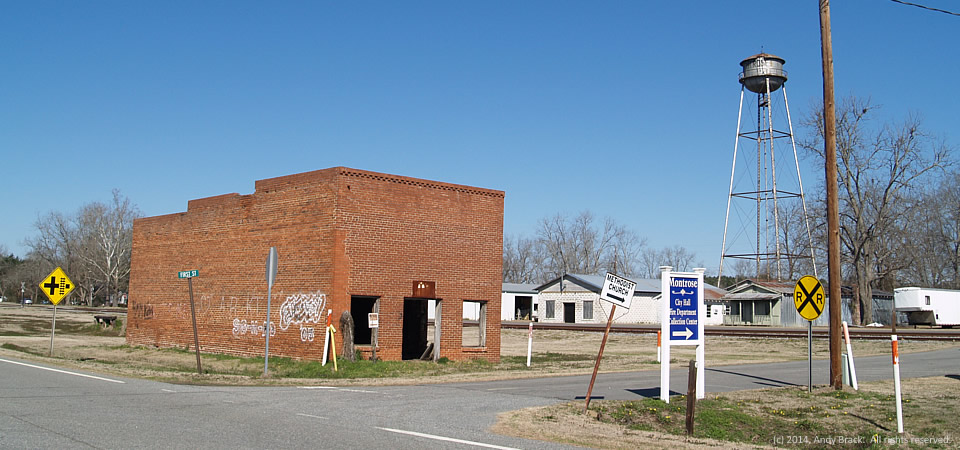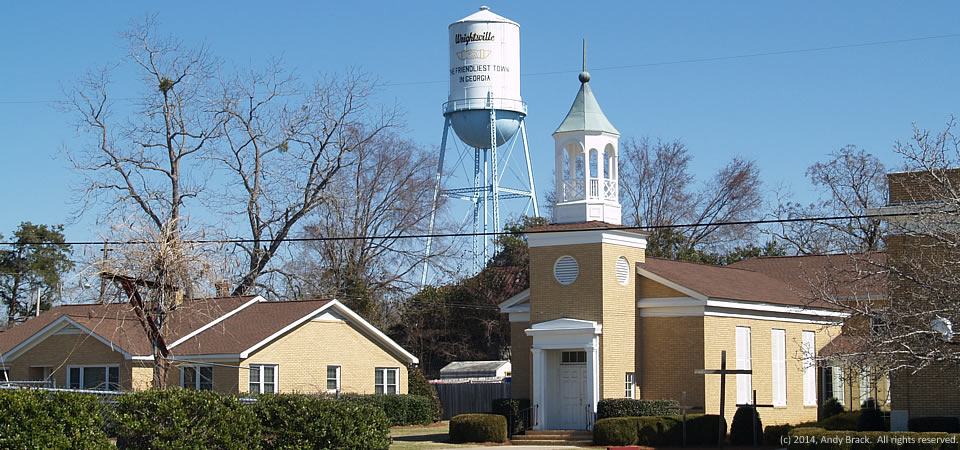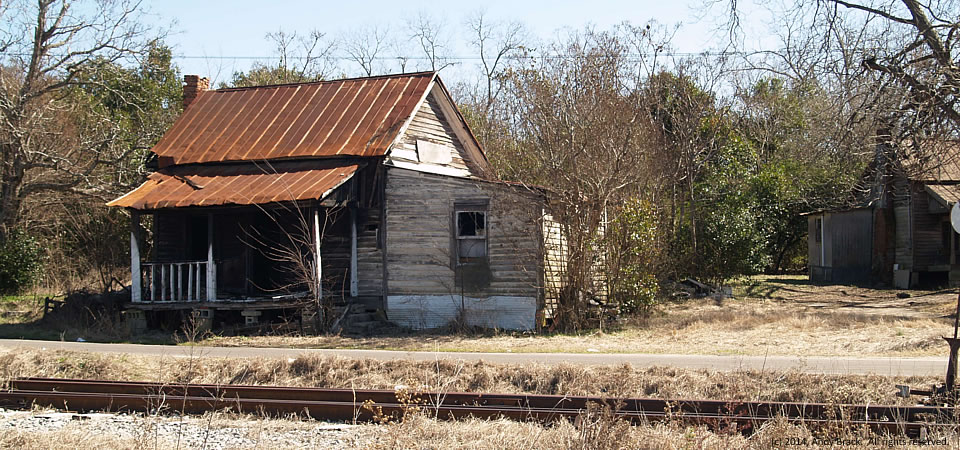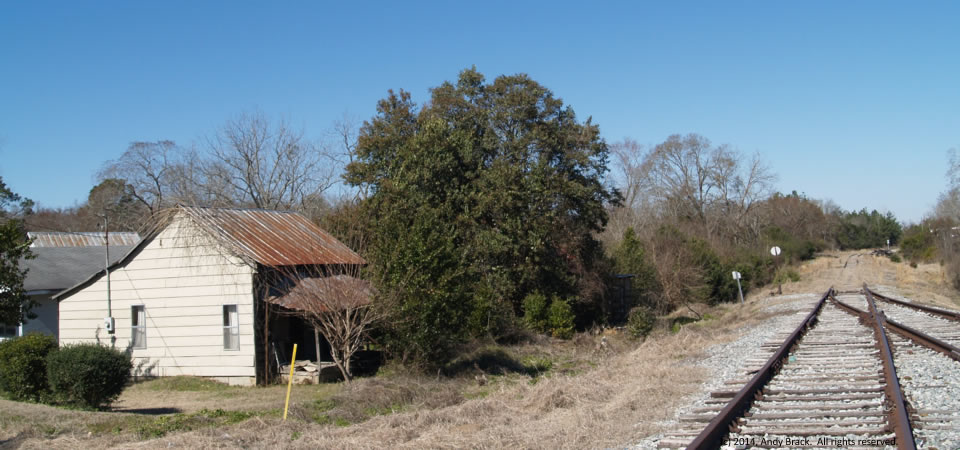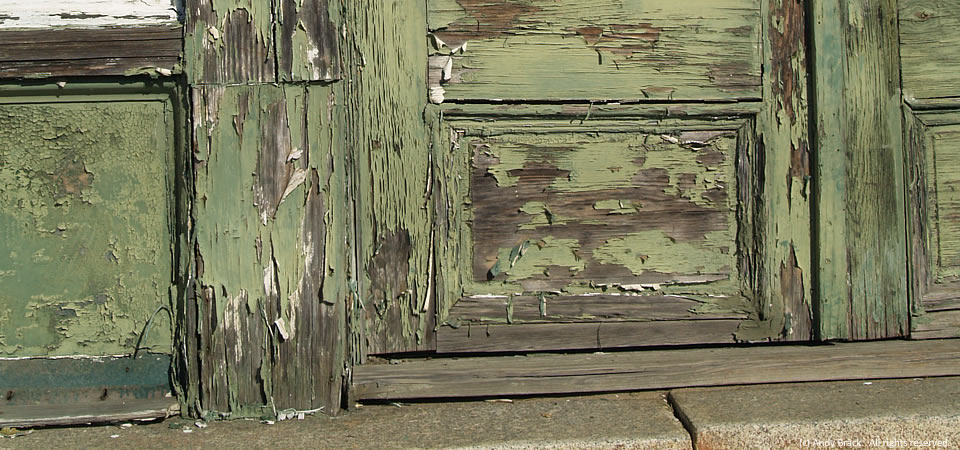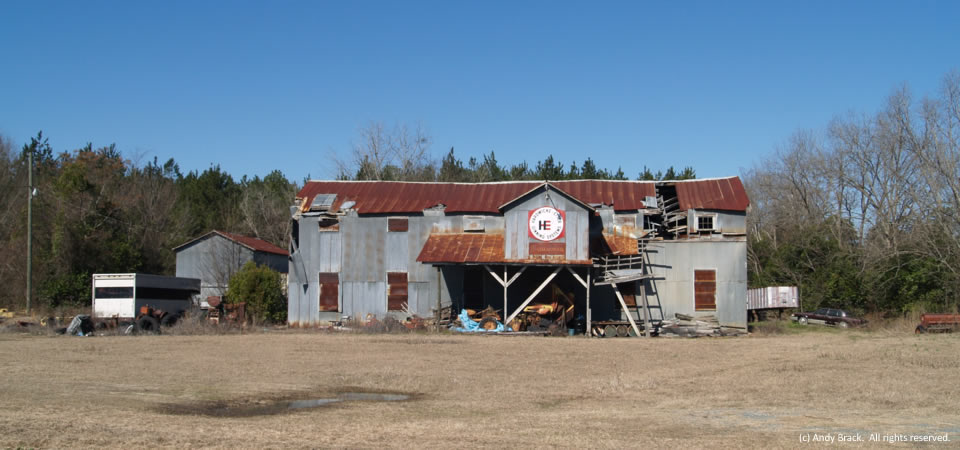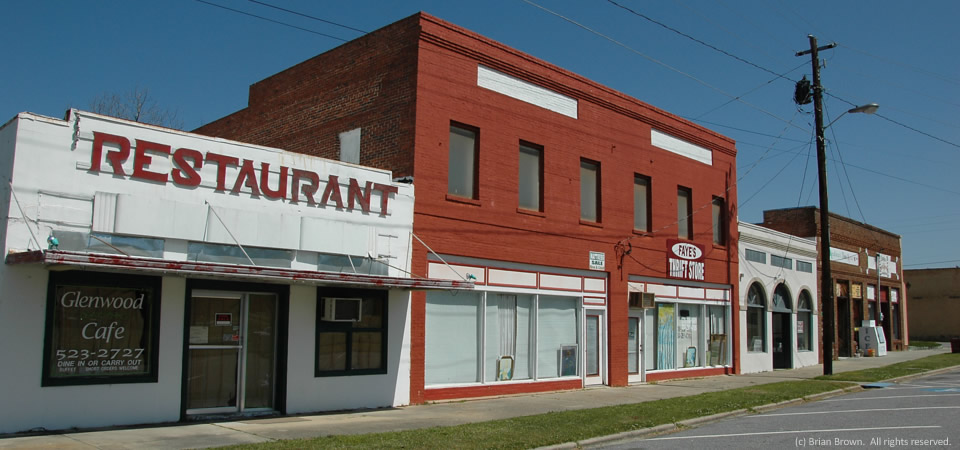
VanishingSouthGeorgia.com photographer Brian Brown snapped this image of storefronts in rural Glenwood, Ga., population 884.
Glenwood is in Wheeler County, one of the poorest counties in the Southern Crescent. According to 2011 poverty estimates by the U.S. Census, Wheeler County, which had 7,421 people in 2010, had a 42.2 percent poverty rate. What’s remarkable about that is it is one of the few high-poverty counties where the overall rate is higher than the rate for children under 18.
About two thirds of the residents of the south-central Georgia county are white with the remaining almost all black.
Copyrighted photo by Brian Brown. All rights reserved.
